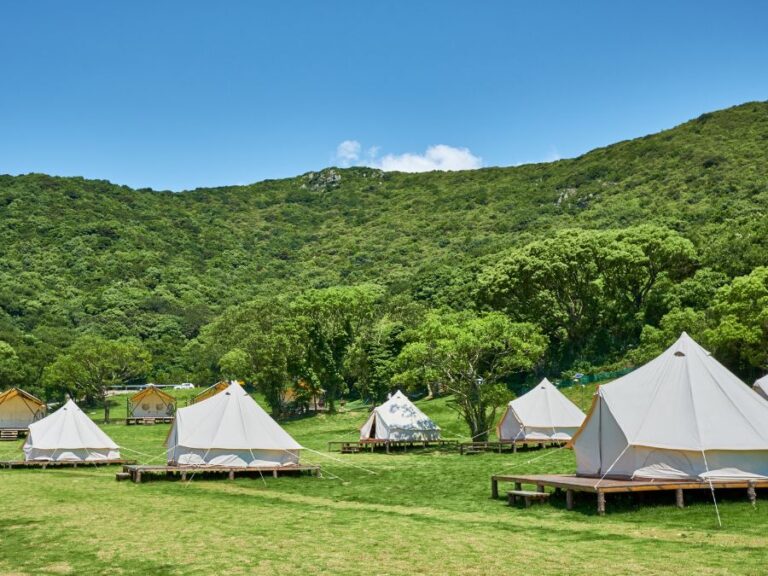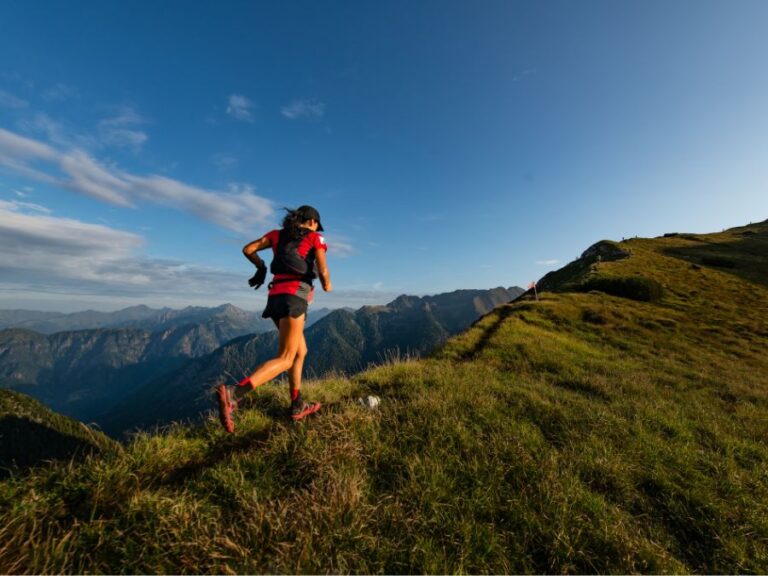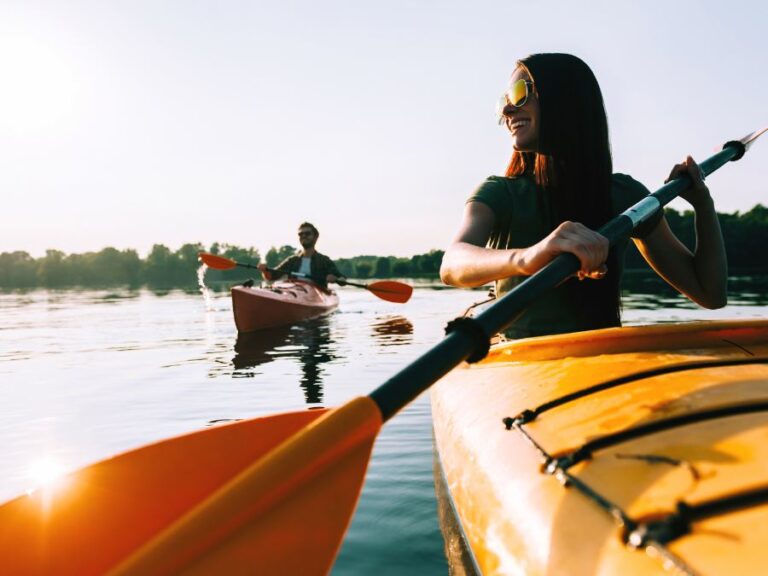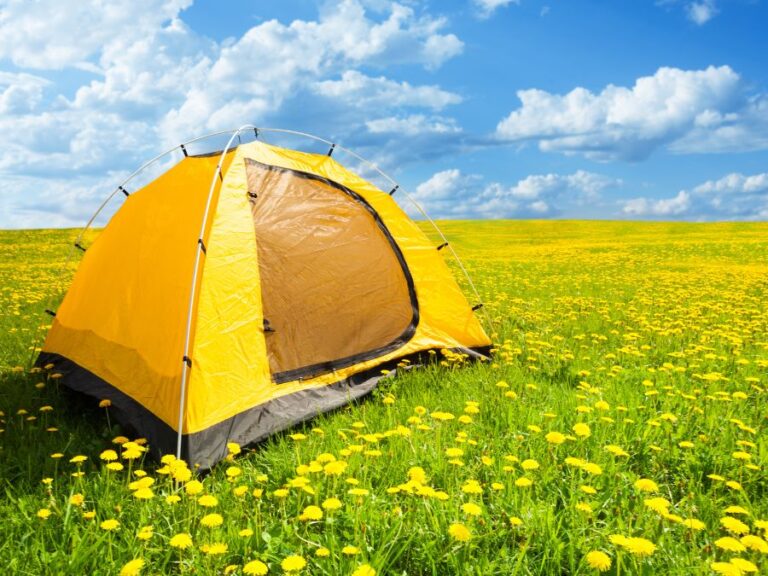Photography Tips for Capturing Stunning Outdoor Landscapes
When it comes to capturing the beauty of the great outdoors, few things come close to the art of landscape photography.
With its ability to transport viewers to breathtaking natural landscapes, this genre of photography has captivated both amateurs and professionals alike. Whether you’re a seasoned shutterbug or just starting out on your photographic journey, this article will provide you with valuable tips and techniques to help you capture stunning outdoor landscapes that truly mesmerize.
To embark on this photographic adventure, it’s important to equip yourself with the right gear. While a high-end camera is not always necessary, investing in a quality DSLR or mirrorless camera can significantly enhance the image quality and overall experience.
Paired with a versatile lens such as a wide-angle zoom lens or a prime lens with a focal length ranging from 24mm to 35mm, you’ll have the flexibility to capture sweeping vistas and intricate details alike. Before heading out into nature’s embrace, take some time to plan and prepare for your photographic expedition.
Researching potential locations beforehand will help you identify areas of interest that align with your creative vision. Consider scouting for unique features like leading lines in landscapes – elements that guide viewers’ eyes through your composition, creating visual depth and intrigue.
Once on location, pay close attention to the composition of your shots. Landscape photography relies heavily on principles of composition such as the rule of thirds and balancing elements within the frame.
Seek out interesting foregrounds that lead into captivating backgrounds; this technique adds depth and perspective in landscapes while helping viewers explore every nook and cranny captured within your frame. Timing is everything when it comes to outdoor photography.
The magical hours surrounding sunrise and sunset – often referred to as golden hour – bathes nature in warm hues, creating an ethereal glow that can elevate even ordinary scenes into extraordinary ones. Capitalize on this enchanting light by arriving early or staying late at your chosen location.
With these foundational tips at the forefront of your mind, it’s time to delve deeper into the art of capturing stunning outdoor landscapes. So grab your camera, pack your gear, and let’s embark on a journey where nature’s beauty and your artistic vision blend seamlessly to create awe-inspiring images that tell stories in their own right.
Gear and Preparation

When it comes to capturing stunning outdoor landscapes, having the right gear and being prepared can make all the difference. So, let’s dive into some essential tips and tricks to help you get ready for your next adventure behind the lens.
First things first, let’s talk about outdoor photography gear. While a fancy camera is not a prerequisite for capturing breathtaking landscapes, investing in a good quality DSLR or mirrorless camera will give you more control over your shots.
Pair it with a versatile lens that allows you to capture both wide-angle shots, highlighting the vastness of nature, and telephoto shots for zooming in on intricate details. Next up, don’t forget to pack extra batteries and memory cards.
There’s nothing worse than running out of power or storage space just when you stumble upon that perfect sunset or an unexpected wildlife encounter. Make sure your batteries are fully charged before heading out and carry spares just in case.
Similarly, bring enough memory cards to store all those stunning landscape images without worrying about running out of space. Now that we have our gear sorted, let’s talk about preparation.
Researching your location beforehand can greatly enhance your chances of capturing outstanding photographs. Look for unique vantage points or iconic landmarks that will add interest to your images.
Pay attention to weather forecasts as well; dramatic clouds or misty mornings can add depth and mood to your photographs. Consider scouting locations during different times of the day and year if possible.
This will allow you to familiarize yourself with the terrain and find spots where natural light plays beautifully with the landscape elements around – think golden hour photography! Take note of potential leading lines in landscapes like winding paths or flowing rivers that can guide viewers’ eyes through your image.
Taking these steps towards gear selection and preparation will set you up for success when it comes to capturing stunning outdoor landscapes. So gather your equipment, plan ahead, scout locations – be prepared for that magical moment when nature’s beauty unfolds before your lens!
Mastering Composition Techniques
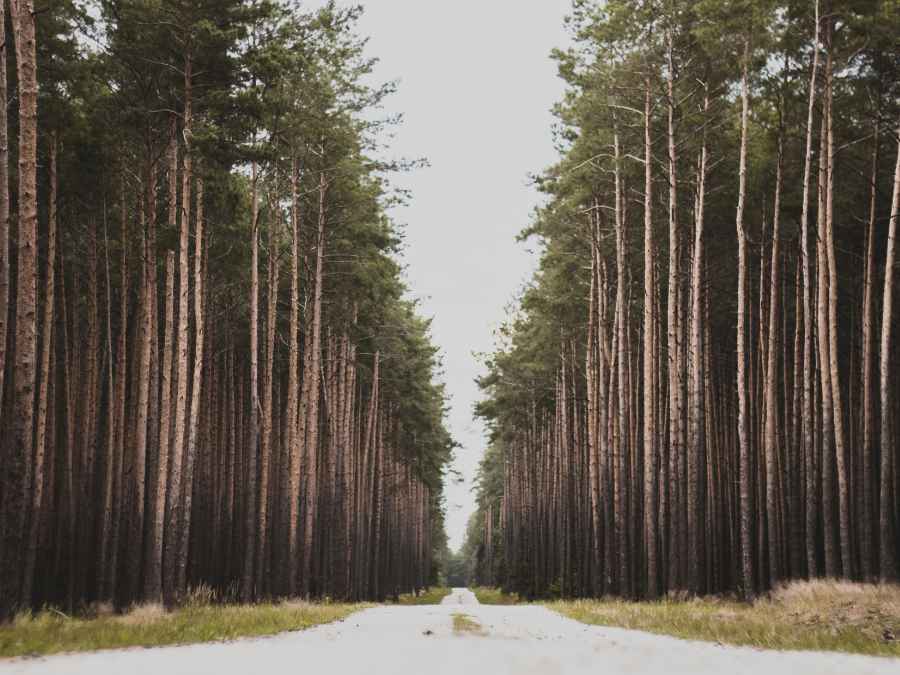
When it comes to capturing stunning outdoor landscapes, mastering composition techniques is key. It’s not just about pointing your camera at a beautiful scene and clicking the shutter button. It’s about arranging the elements within the frame in a way that grabs the viewer’s attention and tells a compelling story.
One important technique to consider is utilizing leading lines in your compositions. Leading lines are elements within the landscape that naturally draw the viewer’s eye towards a specific point of interest.
These lines can be found in various forms, such as roads, rivers, or even rows of trees. By strategically positioning these lines within your frame, you can create a sense of depth and guide the viewer’s gaze towards the focal point of your image.
Experiment with different angles and perspectives to find the most impactful composition. Another aspect to focus on is creating depth and perspective in your landscape images.
This can be achieved by including elements in the foreground, middle ground, and background of your composition. By doing so, you give viewers a sense of scale and help them visualize themselves within the scene.
For example, you could include rocks or flowers in the foreground while capturing mountains or vast open spaces in the background. This layering effect adds dimension to your photograph and makes it more visually engaging.
Remember to also pay attention to how natural light interacts with your subjects when capturing stunning outdoor landscapes. The golden hour photography technique refers to shooting during sunrise or sunset when sunlight has a warm, soft quality that can enhance colors and add a touch of magic to your images.
Take advantage of this magical time by planning ahead and arriving at your location early enough to set up for that perfect shot during this serene period. By mastering these composition techniques along with others like utilizing leading lines, creating depth and perspective, and harnessing natural light during golden hour photography, you will elevate your outdoor photography skills significantly.
Keep experimenting with different approaches until you find what works best for each unique landscape you encounter. The goal is to create images that not only showcase the beauty of nature but also leave a lasting impression on those who view them.
Harnessing Natural Light
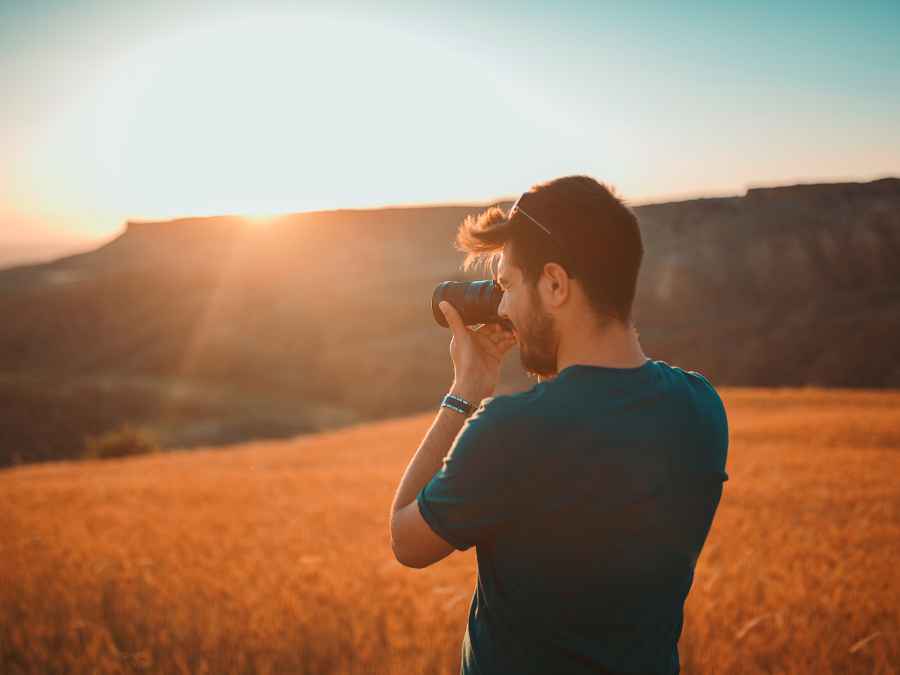
When it comes to capturing stunning outdoor landscapes, harnessing natural light is absolutely crucial. The right light can completely transform an ordinary scene into something extraordinary. We spoke to a local photography expert about the importance of natural light. Kate Morrison, our professional photographer, said that golden hour is the most important thing to remember when using natural light.
Golden hour is the time shortly after sunrise or before sunset when the sun is low on the horizon. During this time, the sunlight is softer, warmer, and casts long, flattering shadows. This can add a beautiful and ethereal quality to your photos.
So, let’s dive into some tips on how to make the most of natural light in your outdoor photography adventures. One of the most magical times for outdoor photography is during the golden hour, which occurs just after sunrise or before sunset.
This is when the light is soft, warm, and casts a beautiful golden hue on everything it touches. Take advantage of this time to capture breathtaking landscape images.
Experiment with different angles and compositions to make the most of the stunning light. Another important aspect to consider when harnessing natural light is understanding how it interacts with your subject.
Pay attention to shadows and highlights as they can add depth and dimension to your photographs. Look for interesting leading lines in landscapes that are accentuated by the way the sunlight falls on them, as they can really draw the viewer’s eye into the image.
In addition to observing sunlight and its effects on your surroundings, be mindful of using natural light creatively in relation to a human element within your landscape shots. Incorporating people into your photos not only adds a sense of scale but also helps tell a story or evoke emotions in viewers.
Position yourself so that you can capture silhouettes against a gorgeous sunset or use backlighting to create an ethereal glow around your subjects. Remember, mastering natural light photography takes practice and experimentation with outdoor photography techniques.
Don’t be afraid to try new things and push yourself creatively. By understanding how different lighting conditions impact your images and utilizing them effectively, you’ll be able to capture stunning landscape photographs that truly showcase nature’s beauty at its best.
Creating Depth and Perspective
When it comes to capturing stunning landscape images, creating depth and perspective is essential. It allows you to transport the viewer into the scene, making them feel like they are standing right there with you.
One effective way to achieve this is by using leading lines in your composition. These can be anything from a winding road or a river snaking its way through the landscape.
Leading lines draw the viewer’s eye into the image and give a sense of depth and distance. Another technique that adds depth and perspective is using foreground elements.
By including objects in the foreground, such as rocks, flowers, or branches, you create layers within your image. This helps to establish a sense of scale and adds visual interest.
Imagine capturing a breathtaking sunset over a mountain range, with wildflowers in the foreground leading your eye towards the majestic peaks. The combination of foreground elements and distant mountains creates an immersive experience for the viewer.
To enhance depth even further, consider your camera angle. Position yourself low to the ground to emphasize foreground elements or climb up high for an elevated perspective that showcases vast landscapes below.
Experimenting with different angles can completely transform your images and emphasize the grandeur of nature. Additionally, don’t forget about using natural light to enhance depth in your landscapes.
During golden hour photography (the magical time just after sunrise or before sunset), soft golden light bathes everything in its warm glow, creating long shadows that add depth and dimensionality to your photos. By incorporating these techniques into your outdoor photography repertoire, you’ll be able to capture stunning landscapes that not only showcase their beauty but also transport viewers into another world full of awe-inspiring depths and perspectives.
Adding a Human Element
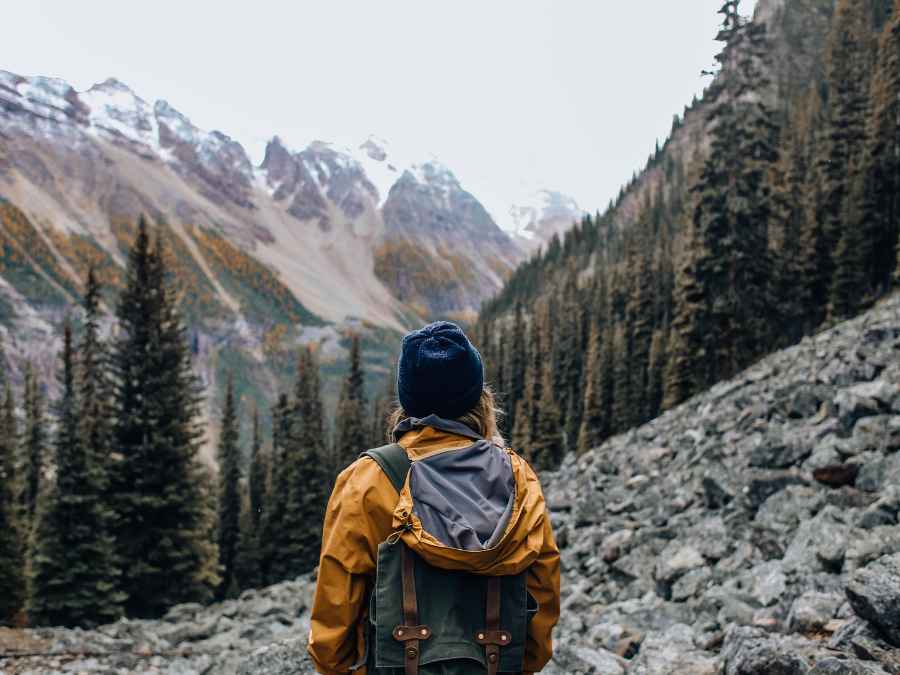
Adding a human element to your landscape photography can greatly enhance the visual appeal and emotional impact of your images. Including a person, whether it’s yourself or someone else, adds a sense of scale, depth, and relatability to the vastness of nature.
It creates a connection between the viewer and the scene, evoking feelings of awe and wonder. Here are some tips on how to incorporate the human element into your stunning outdoor landscape images.
Firstly, consider using yourself as the subject in your photographs. Position yourself in an interesting part of the frame that complements the landscape’s beauty.
For example, if you’re captivated by a magnificent mountain range, place yourself at one corner of the frame with the peaks stretching out behind you. This not only emphasizes the grandeur of nature but also allows viewers to imagine themselves standing in that very spot, experiencing the same breathtaking view.
Alternatively, you can invite someone else to be part of your composition. This could be a friend or family member who loves experiencing nature with you or even an adventurous stranger who is willing to lend their presence for a memorable shot.
When including another person in your landscape photography, make sure they are appropriately placed within the frame to maintain balance and harmony. Experiment with different poses or actions that complement both their presence and surrounding environment.
For instance, capturing someone gazing at a cascading waterfall or walking along a winding forest trail can create captivating visual narratives that draw viewers into the image. Remember that adding a human element doesn’t necessarily mean including an entire person in every shot – sometimes just featuring hands or feet can be equally impactful.
These partial glimpses can create intrigue and mystery while still conveying a sense of human interaction with nature’s splendor. Be open-minded and creative with how you incorporate people into your composition; there are numerous possibilities for injecting vitality into stunning landscape images through this simple yet effective technique.
By adding a human element to your outdoor photography, you can create images that not only showcase the beauty of nature but also evoke emotions and tell compelling stories. Whether it’s through your own presence or that of others, finding the right placement and poses can greatly enhance the overall impact of your photographs.
So, don’t be afraid to experiment and explore different ways to incorporate a human element into your landscape compositions. Let your creativity flow and watch as your images come alive with a newfound sense of connection and wonder.
Capturing Mood and Emotion
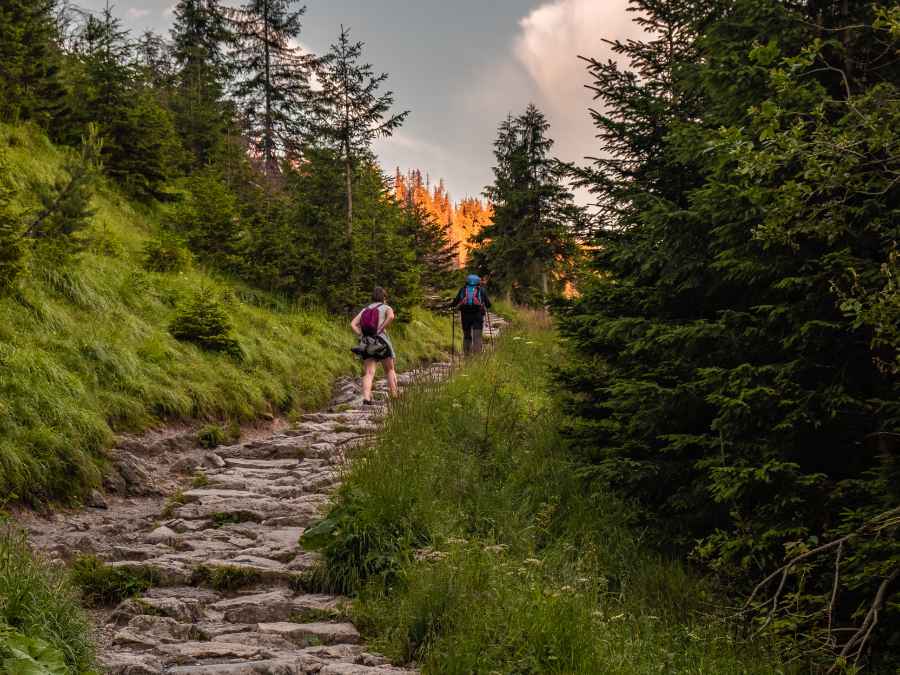
When it comes to creating stunning landscape images, capturing the mood and emotion of the scene is crucial. The goal is not just to show what the landscape looks like, but to evoke a feeling in the viewer.
To achieve this, there are a few key techniques you can employ. First and foremost, pay close attention to the lighting.
Different lighting conditions can dramatically impact the mood of a photograph. During golden hour photography, when the sun is low on the horizon, landscapes are bathed in warm, soft light that can create a sense of tranquility and warmth.
On the other hand, shooting during blue hour photography – just before sunrise or after sunset – can add a touch of mystery and calmness to your images. Experiment with different times of day to capture the right mood for your shot.
Another important aspect is composition. Composition techniques such as using leading lines in landscapes or incorporating elements that create depth and perspective can enhance the emotional impact of your photographs.
Leading lines draw the viewer’s eye into the image, guiding them through the scene and creating a sense of movement or direction. Additionally, including foreground elements like rocks or trees can add depth and dimensionality to your photos, making them feel more immersive.
Consider including a human element in your landscapes. The juxtaposition between nature’s grandeur and human presence can evoke strong emotions in viewers.
A lone hiker trekking through towering mountains or a figure standing at an endless shoreline can add scale and narrative to your photos while also eliciting a sense of wonder or solitude. Capturing mood and emotion in landscape photography goes beyond simply documenting beautiful scenery—it’s about evoking feelings from those who view your images.
By understanding how lighting impacts mood, utilizing composition techniques like leading lines and depth-of-field effects, and incorporating human figures into your shots when appropriate, you will be able to craft powerful photographs that resonate with others on an emotional level. So get out there, embrace the natural light, and let your creativity shine through!
Overcoming Challenges
When it comes to outdoor photography, there are a few challenges that may arise.
But fear not, as with the right mindset and preparation, you can conquer these hurdles and capture stunning landscape images. One common challenge is dealing with unfavorable weather conditions.
Mother Nature can be quite unpredictable, and you may find yourself faced with rain, fog, or even harsh sunlight. However, these conditions shouldn’t discourage you from taking out your camera.
Instead, embrace the situation and look for creative opportunities. For instance, rain can add a sense of drama to your shots by creating beautiful reflections on surfaces.
Fog can lend an ethereal mood to your images while softening the background and making subjects stand out more distinctly. Harsh sunlight can be tamed by finding shaded areas or using diffusers to soften the light falling on your subject.
Remember to adapt your settings accordingly to get the best results in different lighting situations. Another challenge is finding unique perspectives in well-trodden landscapes.
It’s true that popular locations have been photographed countless times before but don’t let that deter you from seeking out fresh angles and compositions. Look for elements that stand out—leading lines created by paths or rivers can draw the viewer’s eye into the frame while adding depth to your shot.
Experiment with different focal lengths or use wide-angle lenses to exaggerate perspective and capture vast landscapes in all their glory. Think outside the box too; try incorporating a human element into your composition—an adventurous hiker gazing at a majestic mountain range or a lone figure sitting on a cliff edge contemplating nature’s grandeur can add both scale and emotional impact to your images.
Remember that overcoming challenges is an essential part of growth as a photographer—pushing yourself beyond what feels comfortable will lead to extraordinary results. So embrace adverse weather conditions creatively, seek unique perspectives even in familiar locations, and incorporate the human element when possible—it’s through facing these challenges head-on that you’ll capture truly stunning outdoor landscapes.
Editing and Post-Processing

Editing and post-processing are essential steps in the photography workflow that can greatly enhance the impact of your stunning landscape images. With the right techniques, you can bring out the natural beauty of the scene and create a final product that truly captivates your audience.
Let’s dive into some tips and tricks to help you get started. When it comes to editing, it’s important to maintain a balance between enhancing the image and keeping it realistic.
One way to achieve this is by adjusting the exposure and contrast levels. You can use software like Adobe Lightroom or Photoshop to fine-tune these settings, making sure that your image doesn’t end up looking overexposed or too dark.
Additionally, you can experiment with color correction to bring out the true essence of nature in your photographs. For example, if you captured a breathtaking sunset during golden hour photography, you might want to enhance those warm tones by increasing saturation or adjusting white balance.
Another crucial aspect of editing is sharpening and noise reduction. Outdoor landscapes often contain intricate details like foliage or mountains in the distance, so applying selective sharpening techniques can make those elements pop without compromising overall image quality.
Conversely, outdoor photography often faces challenges with noise due to low light conditions or high ISO settings. Noise reduction tools will help clean up any unwanted graininess from your images while preserving important details.
Additionally, don’t be afraid to experiment with creative effects like vignetting or adding filters during post-processing. These adjustments can add depth and perspective to your landscapes, drawing viewers’ attention towards key focal points within the frame.
Just remember not to overdo it; subtlety is key in creating a natural and compelling final result. Editing and post-processing are powerful tools that allow you to refine your stunning landscape images further.
By carefully adjusting exposure levels, enhancing colors, sharpening details while reducing noise, and exploring creative effects sparingly but effectively, you’ll be able to transform your raw captures into visually captivating masterpieces. So, grab your outdoor photography gear, head out into nature, and start capturing breathtaking scenes that will inspire you to take your editing skills to the next level.
Inspiring Exploration and Growth
When it comes to landscape photography, there is always room for exploration and growth.
The beauty of the great outdoors is that it offers an endless array of awe-inspiring scenes just waiting to be captured through your lens. So, how do you continue to evolve as a photographer and find inspiration in your craft?
One way to keep growing is by seeking out new locations to shoot. Take a trip to that remote mountain range you’ve always dreamed of or venture into the depths of a dense forest.
By immersing yourself in different landscapes, you’ll not only expand your portfolio but also challenge yourself artistically. You’ll learn to adapt your techniques to varying lighting conditions, experiment with different compositions, and discover unique perspectives that will breathe new life into your work.
Additionally, connecting with other photographers who share your passion can be incredibly inspiring. Join local photography groups or online communities where you can exchange ideas, get feedback on your work, and learn from one another’s experiences.
Engaging in conversations about golden hour photography or discussing the best outdoor photography gear will not only fuel your creativity but also push you out of your comfort zone. Furthermore, don’t be afraid to experiment and try new techniques.
Pushing the boundaries of what you know will lead to personal growth as an artist. Explore leading lines in landscapes or play with depth and perspective in ways that may surprise even yourself.
The more you challenge yourself creatively, the more rewarding it will feel when you capture those stunning landscape images that truly speak to both you and others who see them.
Steps to Perfecting Your Outdoor Landscape Photography
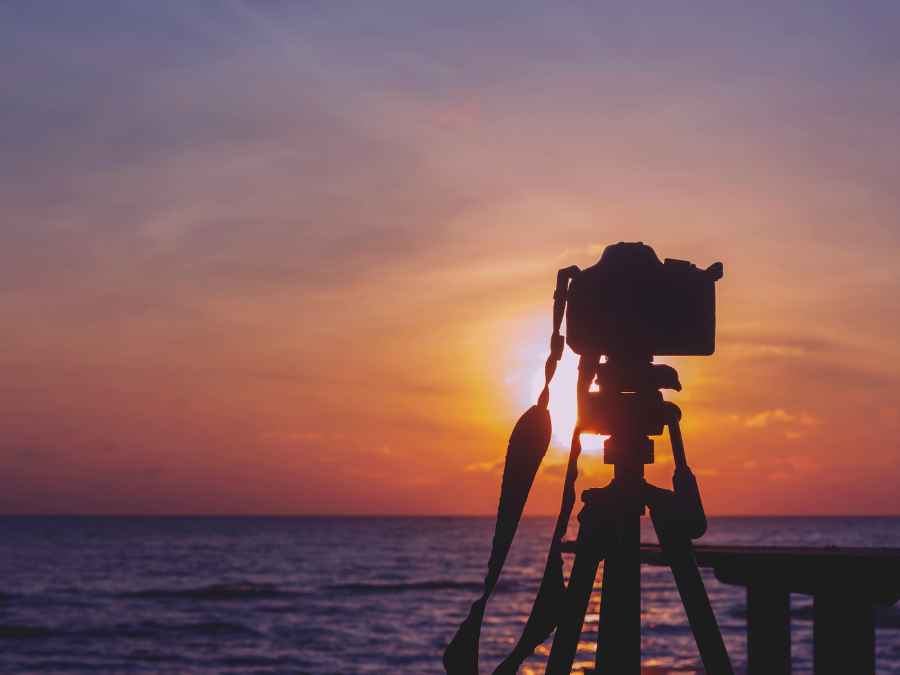
Mastering the art of outdoor landscape photography can be a truly fulfilling journey. By understanding the importance of gear and preparation, such as investing in a sturdy tripod and carrying extra batteries, you can ensure that you never miss out on capturing those breathtaking moments.
Remember to experiment with various composition techniques, such as leading lines and framing, to create visually striking images that draw viewers into the scene. Utilizing natural light effectively is crucial in landscape photography.
Be mindful of the golden hour and its magical qualities, as well as how different lighting conditions can impact the mood of your images. Additionally, don’t shy away from adding a human element to your landscapes whenever possible.
Including people in your photos can help provide scale and evoke emotions within the viewer. Overcoming challenges is part of the process, whether it’s dealing with inclement weather or finding unique vantage points.
Embrace these obstacles as opportunities for growth and creativity. And when it comes to editing and post-processing your images, remember that subtlety goes a long way – strive for enhancing rather than manipulating.
Ultimately, practicing outdoor photography techniques will not only result in stunning landscape images but also enable you to connect more deeply with nature and appreciate its beauty on a whole new level. So grab your gear, explore new locations, immerse yourself in the great outdoors, and let your passion for capturing stunning landscapes guide you towards endless possibilities behind the lens.


